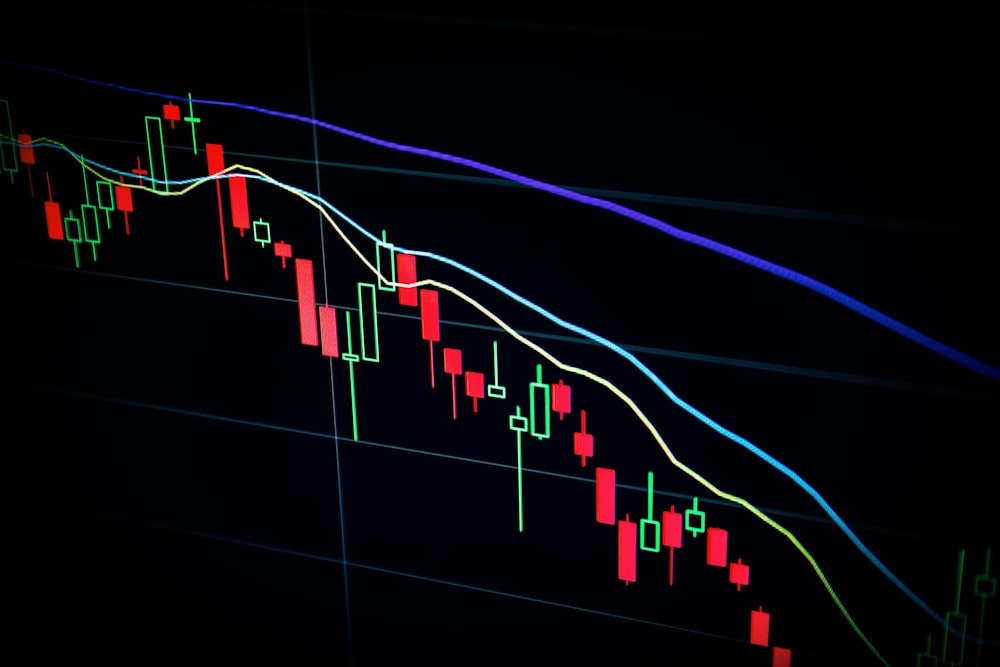Cryptocurrencies mirrored these disturbances with significant drops across the board. Bitcoin (BTC) fell almost 9% within 48 hours of the tariff news, while Ethereum (ETH) decreased by more than 8%. Other assets, especially those linked closely with Asian markets like NEO and VeChain, suffered even larger losses, falling 12% and 15% respectively. Stablecoins like Tether (USDT) saw increased redemption volumes on Asian exchanges, indicating a move toward liquidity as decentralized exchanges reported declines in trading volumes.
The connection between stock and crypto declines can be attributed to the speculative nature of cryptocurrencies. During uncertain times, these assets often face the first sell-offs. Institutional trading has become a major force in the crypto space, and with rising fear levels, these investors tended to shift towards safer assets like cash and gold.
Adding to the uncertainty were rumors of potential capital controls in key crypto centers like Hong Kong and Singapore, causing further concern among investors in those areas. This scenario highlighted that cryptocurrencies are not isolated from global economic events. The crisis put the notion of Bitcoin as a 'digital gold' to the test; while it has served as a safe haven during localized crises, it did not hold up in the face of a globally synchronized downturn. However, the long-term value of Bitcoin remains intact, albeit with renewed caution among investors.
As the financial world adjusts to the implications of these tariffs, market participants must recalibrate their expectations. Volatility is likely to continue, presenting both challenges and opportunities. Crypto builders may increase efforts towards decentralization and improved standards, while investors should focus on risk management and diversification. Considering Bitcoin's origins in crisis, this turmoil may be the catalyst for new innovations in the sector.



